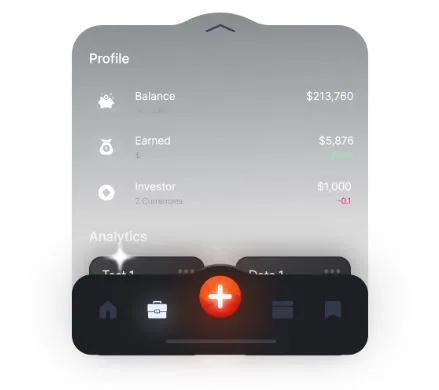Ensuring Legal Safety in Telehealth: A Guide to Remote Care Compliance
Telehealth has contributed significantly to the revolution of the healthcare landscape by enabling healthcare practitioners to deliver medical services to patients from the comfort of their homes.
However, remote healthcare providers should consider multiple regulations when making this transition to avoid legal and ethical consequences like criminal charges, costly lawsuits, and license suspension. This article explores the key aspects of remote care compliance to ensure legal safety in telehealth.
Licensing and Practice Boundaries
Various state, federal, and international laws govern telehealth. Therefore, a professional license that allows one to treat patients in a particular state is a crucial component of remote care compliance. It is important to know that the license should be feasible in the region where the healthcare provider operates and where the patient in question lives.
Instead of acquiring a new license in every new state where the patients are located, healthcare providers are advised to use the Interstate Medical Licensure Compact (IMLC) because it expands their reach. It is also crucial to learn about any new changes made to telehealth rules to adjust accordingly and prevent legal issues.
Complying With HIPAA and Data Protection Rules
Telehealth involves transmitting sensitive health information over different digital channels. This element increases the value of data privacy and compliance with HIPAA.
Healthcare providers are encouraged to sign Business Associate Agreements (BAAs) with third-party vendors they work with during this process. They should use telehealth platforms that comply with HIPAA rules to minimize the risk of unauthorized access to sensitive healthcare data.
In addition, telehealth providers should conduct security audits to identify potential risks and address them before they cause damage. Healthcare organizations are advised by data security experts to regularly train their workers in cybersecurity and best practices to promote it without compromising healthcare service delivery.
Acquiring Patient Consent
The law requires healthcare practitioners to obtain consent from patients. This process involves explaining to them how their data and information will be collected, stored, and transmitted.
For instance, physiological data, which includes the patients’ weight and blood pressure, is often collected in real time to ensure accuracy. These professionals also make comprehensive reports on diabetes, heart disease, and other chronic illnesses and use them to make crucial medical decisions and educate these individuals on their health.
Healthcare providers should make patients understand the benefits and limitations of remote care. For example, those living in extremely remote areas are sometimes required to learn how to administer medications and manage their health. Telehealth providers usually send them reminders to take medications, change surgical dressing, or follow specific instructions to recover faster.
Acquiring informed patient consent also involves telling them about the alternative options they should take if healthcare experts are not able to offer their services in person. The consent forms used should comply with the latest laws and technology. Therefore, telehealth providers should not make decisions about treatment without informing and seeking consent from the patient.
Organizing Telehealth Training
Healthcare organizations should educate the staff who are licensed to offer medical services remotely on how to use telehealth technology effectively. This training will enable them to follow the right procedures during data collection and transmission, learn how to select candidates for remote care, and understand the right tools to use during treatment administration.
Telehealth has improved access to healthcare even for people in remote locations. However, since telehealth is relatively new, healthcare providers and facilities should protect themselves from potential challenges that could arise during remote care. Professionals and organizations can protect themselves from different legal issues, like license suspensions, by implementing these simple strategies.


